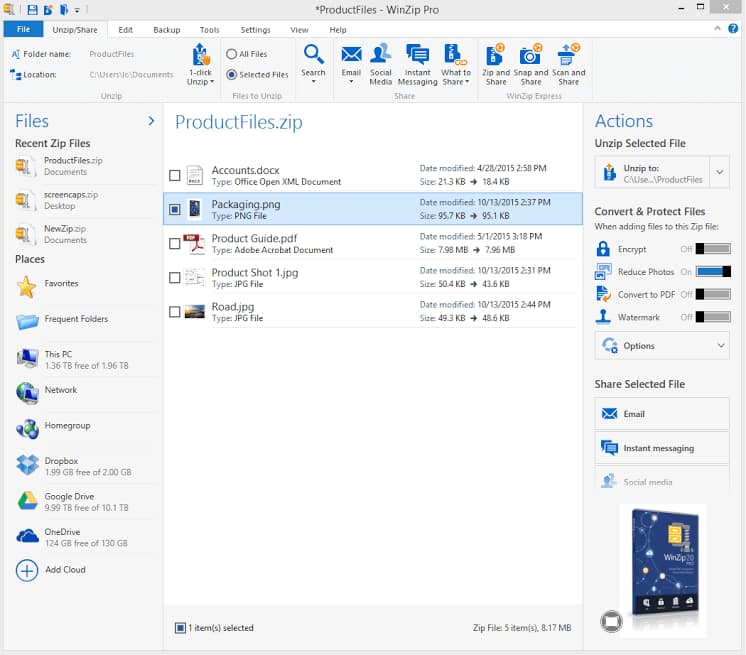

- #ENCRYPT ARCHIVE UTILITY FOR MAC MAC OS X#
- #ENCRYPT ARCHIVE UTILITY FOR MAC ZIP FILE#
- #ENCRYPT ARCHIVE UTILITY FOR MAC FULL#
- #ENCRYPT ARCHIVE UTILITY FOR MAC PASSWORD#
- #ENCRYPT ARCHIVE UTILITY FOR MAC MAC#
A password protected archive.zip was created as expected.

I have used the terminal command “zip -er ” as advised above under OS X Mavericks. I cannot confirm that password protection is working cross platforms.
#ENCRYPT ARCHIVE UTILITY FOR MAC ZIP FILE#
Hi all, the article above says: “These encrypted zip files will maintain password protection across platforms, meaning you can send a protected zip file to a Windows user and they will still need to enter the password in order to view the contents.” Sorry, that’s a lot of info to digest – and I only come here when researching so if you ask I may not reply. (Note, above, ls is lowercase el, lowercase ess as in the first and third letter of list – not the numeral one ‘1’ which depending on the font might look the same… and terminal requires the correct character case.)

As a matter of fact, if you type “zip -e xmisc.zip filetopr” (minus the quotes and then type the Tab key if the file exists Terminal should fill in the rest of the name for you assuming only one match or it will beep if more than one file matches. Terminal will beep at you if it can’t find a file matching the name. If there are spaces in the path surround the entire file name with double-quotes (“) or put a backslash ‘\’ before each space as in file\ to\ protect.txt for “file to protect.txt”.īetter yet, before you hit return (enter) type the Tab key.
#ENCRYPT ARCHIVE UTILITY FOR MAC FULL#
You have to cd (change directory) to where the file is or specify the full path. Mike Flugennock (and anyone else who cares) in the same terminal window where you entering the zip command, at the prompt enter “ls filetoprotect.txt” (minus the quotes) and if you get “no such file or directory” that means you are not in the directory (“folder”) where the file is. Keep in mind that password protected zip files are not encrypted with some super strong deep encryption method, so if you want a more secure file encryption, you may want to pass a regular zip file through openSSL encryption with des3 or something similar to really make the file secure.
#ENCRYPT ARCHIVE UTILITY FOR MAC MAC#
While this can provide some protection on a per-file or folder basis, it’s always a good idea to password protect the Mac in general with a login requirement on system boot, wake from sleep, and waking from the screen saver.

#ENCRYPT ARCHIVE UTILITY FOR MAC MAC OS X#
Opening the Password Protected Zipĭespite being created at the command line, you do not need to unzip the file from the terminal, it can be expanded from the Mac OS X Finder or within Windows using standard unzipping apps. Notice that with a folder of multiple files, you will want to use the -er flag, the addition of the r indicates that zip will recursively compress and password protect all files in the folder. Notice the password will not display, this is normal behavior for the Terminal. $ zip -er ~/Desktop/encrypted.zip ~/Documents/Confidential/Īdding: ~/Documents/Confidential/ (deflated 13%) Here is an example of what this will look like from the command line, in this case we are compressing and password protecting the entire ‘Confidential’ folder located within the users /Documents directory, and the password protected zip is being placed on the users desktop for easy access: Example: Zipping a Folder and Setting a Password This is particularly important for encrypting zips of multiple files under OS X Mavericks. If you plan on compressing multiple files within a folder, you will want to slightly modify the command with the -er flag like so: The file that was encrypted, “filetoprotect.txt”, is now inaccessible without entering that password. The resulting archive, in this case named “archivename.zip”, is now encrypted with the password provided.


 0 kommentar(er)
0 kommentar(er)
